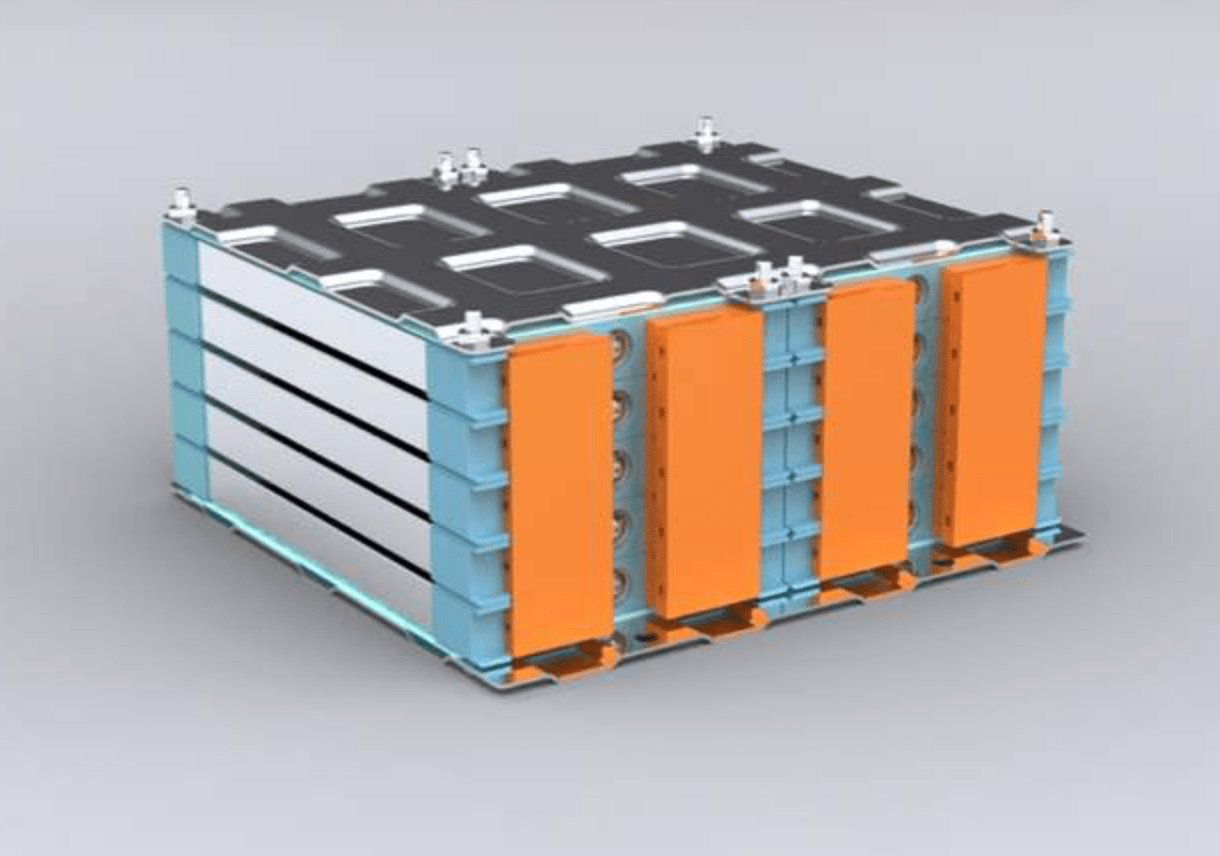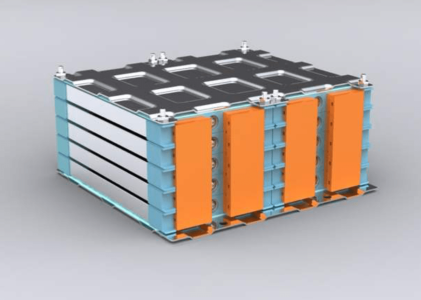The types of batteries used in electric vehicles mainly include the following:
Lead acid battery: This is the earliest type of electric vehicle battery that uses lead and its oxides as electrode materials and sulfuric acid solution as electrolyte. Lead acid batteries have low cost, good low-temperature performance, and high cost-effectiveness, but they have low energy density, short lifespan, and large volume, making them mainly suitable for low-speed electric vehicles.
Nickel hydrogen batteries: Nickel hydrogen batteries have the characteristics of high energy, long lifespan, and no pollution. It has low cost, mature technology, long lifespan, but low energy density, large volume, and battery memory effect, which may cause pollution to the environment. Nickel hydrogen batteries are commonly used in hybrid batteries.
Lithium manganese oxide battery: Lithium manganese oxide batteries have high energy density and stability, low cost, and good safety. But its cycle life is short and its high-temperature performance is poor, mainly suitable for large and medium-sized battery cells.
Lithium iron phosphate batteries: Lithium iron phosphate batteries are widely used in the field of electric vehicles due to their excellent safety, long cycle life, and stability. Although its energy density is relatively low, it performs well in medium and low-speed electric vehicles.
Ternary lithium batteries: Ternary lithium batteries are highly favored due to their high energy density, high power, and fast charging capability. Its cost is relatively high, but there may be safety hazards in extreme environments, mainly used in high-performance electric vehicles.
Sodium ion battery: Sodium ion batteries have the characteristics of good low-temperature performance, fast charging, and strong environmental adaptability. But its energy density and number of cycles are relatively low, and it is currently in the exploratory stage.
These battery types each have their own advantages and disadvantages, and are suitable for different electric vehicle scenarios and needs.

